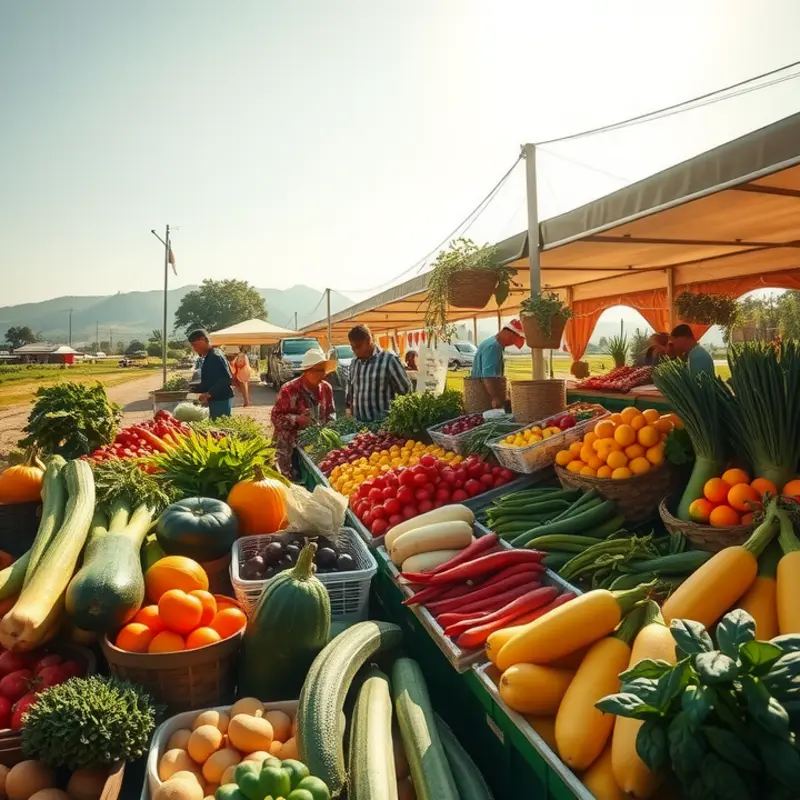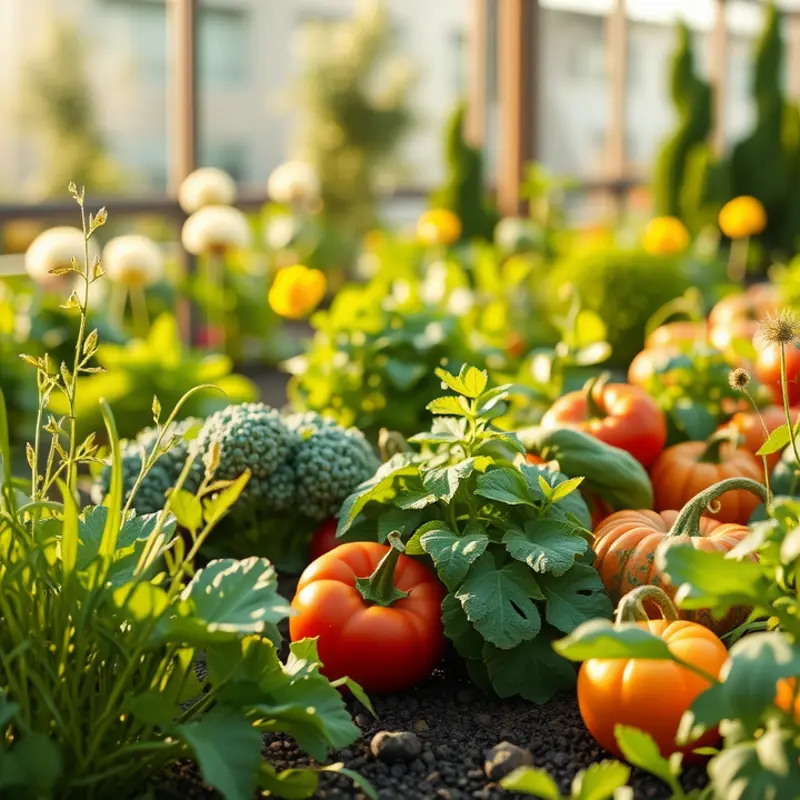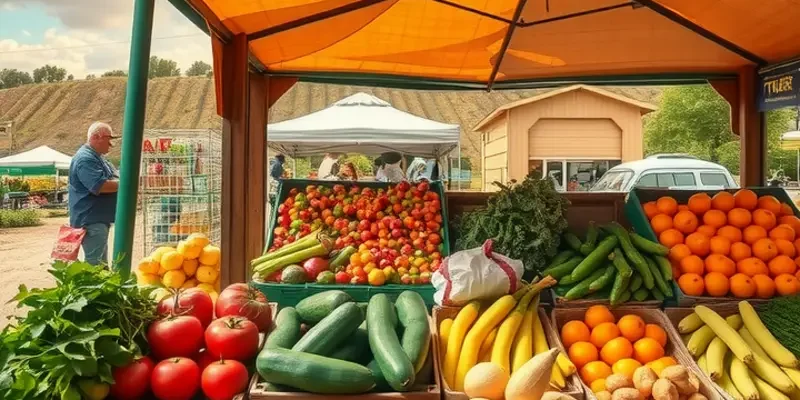Daily cooking can be overwhelming, especially for busy families juggling work, school, and life. A weekly batch cooking routine not only saves time but also ensures healthy meals are always at the ready. With a little planning and prep, you can create a streamlined system that fits your schedule, reduces stress, and brings the joy back to mealtime. Let’s explore practical strategies that make batch cooking easy and enjoyable!
Getting Started: Planning Your Weekly Menu

Successful batch cooking starts with thoughtful planning, laying the foundation for a stress-free week. Begin by designing a weekly menu that accommodates versatile, time-saving ingredients and ensures easy adaptation to changing needs. Planning not only saves time but also reduces waste and helps you make healthier choices.
Start with your favorite meals, keeping in mind any dietary preferences or requirements. List down breakfast, lunch, and dinner ideas, ensuring each meal includes a balance of macronutrients: proteins, carbohydrates, and fats. For breakfast, items like overnight oats, frittatas, or smoothie packs can quickly fuel your morning. For lunch, opt for salads in a jar or grain bowls that are both portable and satisfying.
Next, focus on dinner, the meal that often requires the most effort. Consider preparing big-batch recipes such as stews, pastas, or casseroles, offering flexibility to cater to leftovers. Soups work wonders for dinner planning, and with the right ingredients, they can be nutritious, delicious, and freezable. On busy days, having these ready in your freezer can be a lifesaver.
Incorporate versatile ingredients, which can be transformed into multiple dishes. A roasted chicken can be used in tacos, salads, or with some veggies for a hearty dinner. Grains like quinoa or brown rice can serve as the base for both dinner and a packed lunch. Opt for fresh produce that can be used across meals; for example, bell peppers can feature in breakfast omelets, lunchtime wraps, or as part of a stir-fry dinner.
Simplification is key in menu planning. Design a rotation of dishes that use similar ingredients or cooking techniques. Employ batch-friendly recipes that allow you to cook once and eat several times. To make your menu even more efficient, consider creating double-duty meals. For instance, prepare a large batch of roasted vegetables that can serve as a side one night and be tossed into a salad the next day.
Strategizing for leftovers is crucial in minimizing time spent in the kitchen. Use storage solutions to keep them fresh and appealing. Check out low-waste cooking prep for tips on preserving your meals efficiently.
Always consider a few buffer meals—quick selections that require minimal preparation, perfect for unexpected busy days or when your mood shifts. Having a simple pasta dish or stir-fry that takes less than 20 minutes can provide relief when plans change.
With a well-thought-out weekly menu, batch cooking becomes a manageable habit, enhancing your culinary routine and freeing up valuable time for other activities. Commit to revisiting your plan weekly to adjust for seasonal ingredients, new recipes, and any changes in your weekly schedule. This strategic approach not only simplifies meal preparation but also ensures delicious, nutritious meals at your fingertips.
Efficient Batch Cooking Techniques

Batch cooking is more than just making meals in advance; it’s about maximizing time and resources for better efficiency. To achieve this, employing the right techniques and tools is essential.
Smart Use of Kitchen Gadgets
Modern kitchen gadgets can significantly streamline the batch cooking process. One of the most vital tools is the slow cooker, which allows you to set it and forget it. While your meals are simmering away, you can focus on other tasks. Similarly, pressure cookers can cut down cooking times drastically, making it easier to prepare tougher cuts of meat and beans in less than half the time usually required.
A strong advocate of efficiency is the food processor. It can chop, slice, and dice vegetables much faster than by hand. This speeds up prep time, especially for large batches. Incorporating a high-capacity blender also allows you to create smoothies, soups, and sauces in bulk, which can then be divided and stored for future use.
Storing Meals Efficiently
Proper storage is crucial when batch cooking to keep meals fresh and safe. To start, invest in a set of high-quality airtight containers. They not only preserve the flavor and texture of food but also prevent the dreaded freezer burn. Glass containers are optimal as they are durable and don’t absorb odors, unlike some plastic options.
Labeling is a small habit that pays off. Always mark your containers with the contents and the date they were cooked. This helps you track how long each meal has been stored, ensuring you rotate them effectively. For further insights on improving storage methods and sustainability, visit eco-smart kitchen storage.
Consider storing meals in portion-size containers. This not only helps with keeping meals organized but also makes it easier to grab the right amount for each meal. Furthermore, storing smaller portions defrosts more quickly, saving additional time on busy days.
Mastering Meal Variety
Creating variety in meals without doubling efforts is another key to efficient batch cooking. One approach is to cook a versatile base, such as grains or proteins, that can blend seamlessly into different meals. For instance, cooked quinoa can be used for salads, stir-fries, or even a breakfast porridge.
Spices and sauces can elevate these staple ingredients, transforming them into new dishes. A single protein like roasted chicken can serve in a tacos on day one, salads on day two, and a soup on day three. This technique ensures a diverse menu without additional cooking time.
Planning and Execution
The planning phase is arguably the most important. Design a menu for the week ahead, focusing on ingredients that overlap to minimize waste. Write out each meal and ingredient required, ensuring that no item is forgotten.
Set aside a specific time each week for batch cooking. Consistency in this routine helps in making meal prep a seamless part of your lifestyle rather than a chore. By dedicating time upfront, you free yourself from day-to-day cooking hassles, making the rest of the week smoother and more efficient.
By integrating these techniques, batch cooking becomes a manageable, even enjoyable task, freeing up time while ensuring you are always well-fed.
Final words
Batch cooking transforms your approach to meal preparation, ensuring that nutritious meals are within reach even on the busiest days. By planning your weekly menu and employing efficient cooking techniques, you can save time, reduce stress, and enjoy home-cooked meals any day of the week. Remember, the goal is to simplify your routine, allowing for more time with loved ones and less time in front of the stove. Take the leap toward batch cooking, and enjoy the delicious benefits it brings to your lifestyle!







